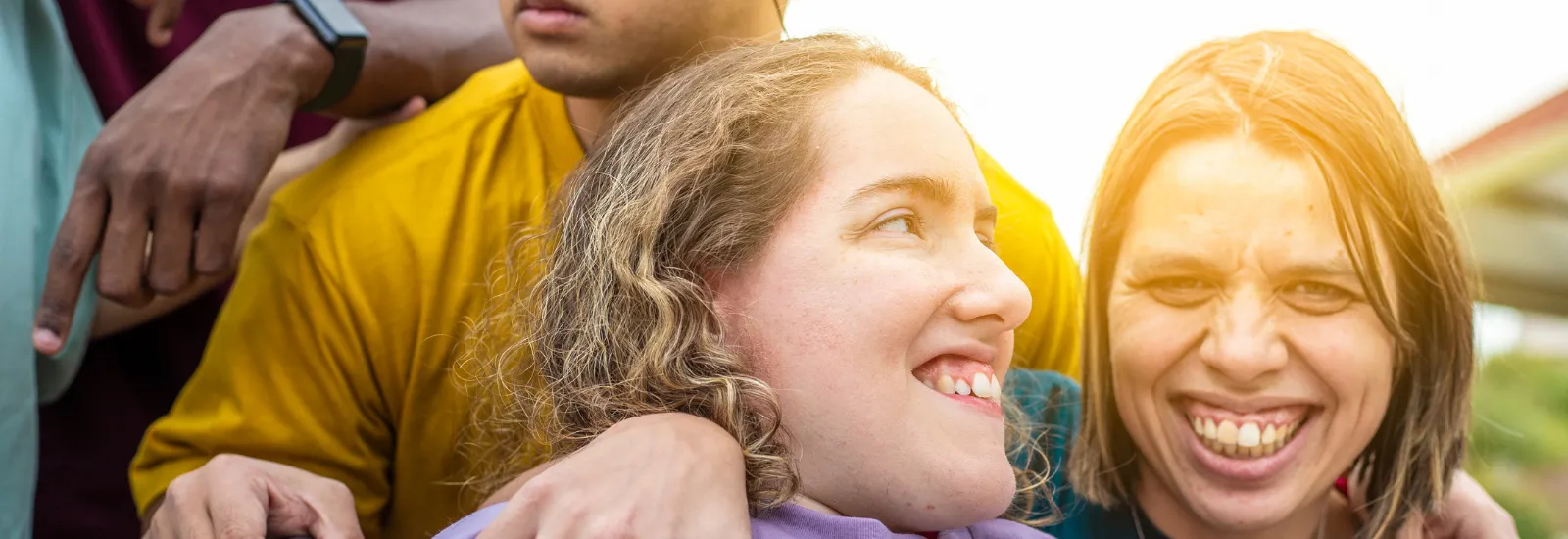
Celebrate International Day of People with Disabilities
3-minute read
Dec. 3 is International Day of People with Disabilities.
This day aims to promote awareness and understanding of disabilities and
promote political and social inclusion and participation of people who live
with them.
More than a billion people in the world live with
disabilities, according to the World Health Organization. Take time to learn and
share your knowledge of disabilities with the young people in your life. Some
children may not have a complete understanding of what it means to have a disability,
but there are things you can do to support inclusion and acceptance.
We're all the same, and we're all
different
Around age 2, kids start learning about the idea of "same
and different." You can use this concept to help teach your child about
disabilities.
Start a conversation by pointing out that your child will
have similarities and differences with every person they meet — even you. Be
clear that differences are not bad, they are what make people unique.
A disability may
affect things you see about a person, such as how someone walks or talks.
Disabilities may also affect things you can't see, such as how a person
communicates, learns, processes sensory information,
or thinks.
If your child goes to
daycare or preschool, they may have met children who are at a different developmental level than they are.
Some children also have developmental delays, either with or without a
disability.
If your child notices these differences, promote an
understanding that we all learn at a different pace. With
support, many children with developmental delays can catch up to
their peers.
Everyone uses tools
Children are naturally curious about the world around them.
They may wonder why someone uses a wheelchair or a hearing aid. Explain how
these tools remove barriers and allow people to live their best lives.
For example, you could say, "You and I use our voices to
talk with each other. Some people aren't able to use their voices, but they
still have a lot of things to talk about. Instead of using their voice, they
might use pictures or a special tablet instead."
People with disabilities are a part of
our community
In the community, talk with your child about accessibility.
Here are a few examples:
- Accessible bathrooms make it easier for people to get on or off the toilet or reach the sink.
- Curb cutouts make it easier and safer for people who use canes, walkers, and wheelchairs.
- Signs that beep or talk make it safer for people who are blind to cross the street.
It's OK to have questions
Let your child know that it's OK to respectfully ask people with disabilities about their experiences and the tools they use. However, ensure they know it's never OK to touch someone's body, communication device, service dog, wheelchair, or other assistive devices without asking for permission.
Reid
Health Pediatric Therapy providers have a wealth of experience
helping children with and without disabilities. Request
an appointment.

